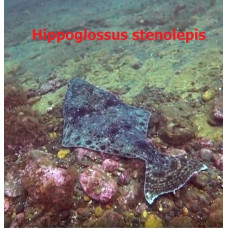Fish fat content is the amount of fat contained in the body of fish. Determination of fish fatness is carried out by chemical analysis, as well as by the difference in weight of fish in water and air. Fatness of fish varies with age, growth and sex, depends on the provision of fish food. In some fish, fat is localized in muscles (salmon, whitefish), liver (cod, shark), on the insides (carp). In sturgeons and herring, the localization of fat is less distinct.
Classification of fish by fat content:
less fatty varieties (fat content up to 3%) - pollock, flounder, pikeperch, hake, haddock;
moderately fatty fish (3-8% fat content) - carp, bream, chum, tuna, mackerel;
fatty fish (from 8 to 20%) - salmon, halibut, sardines, herring, etc.
Fatty fish are a type of fish that contain oil (fat) in the soft tissues and in the coelomic cavity around the intestines. Their fillets can contain up to 30% fat, although this varies both within and between species. Examples of oily fish include small food fish such as sardines, herring and anchovies, as well as other larger pelagic fish such as salmon, trout, tuna, swordfish and mackerel. Fat fish are pelagic fish that live in the water column away from the bottom.
Fatty fish meat is a good source of important fat-soluble vitamins such as vitamin A and D, and is rich in omega-3 fatty acids (white fish also contains these nutrients, but in much lower concentrations). For this reason, consuming oily fish rather than white fish may be more beneficial for humans, especially with regard to heart disease such as stroke and coronary heart disease. The omega-3 fatty acids found in oily fish may help improve inflammatory conditions such as arthritis.
Fat content of fish
Tags: fat content of fish



